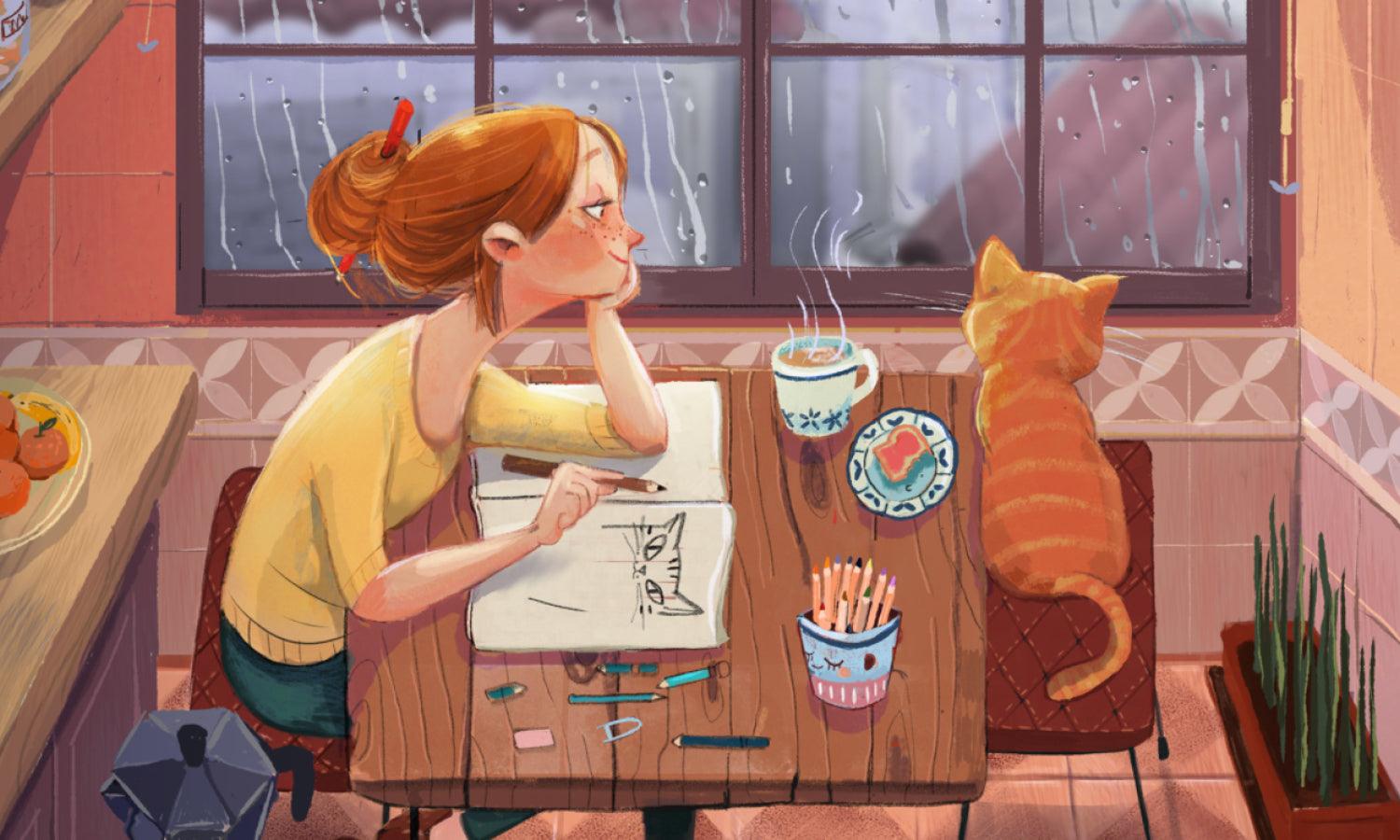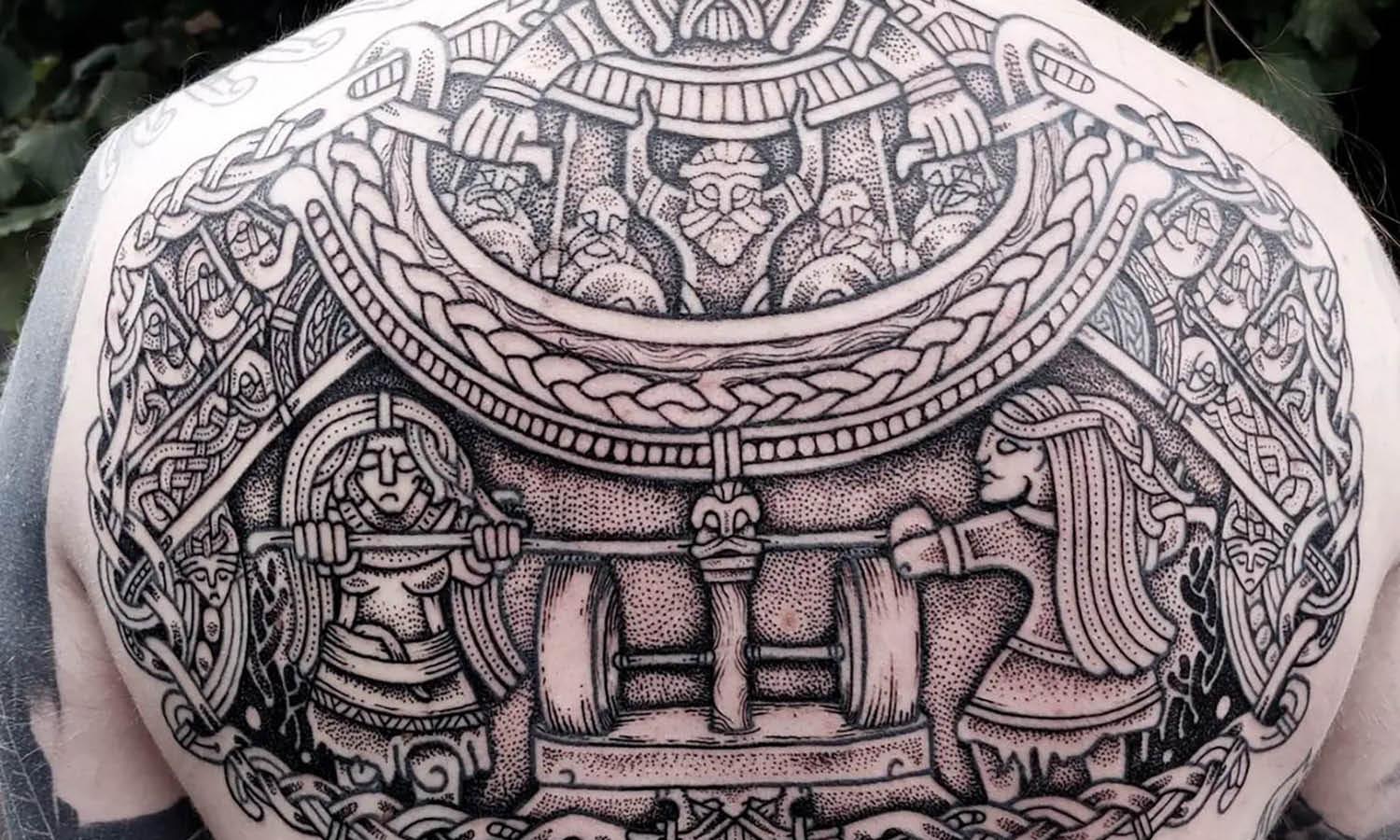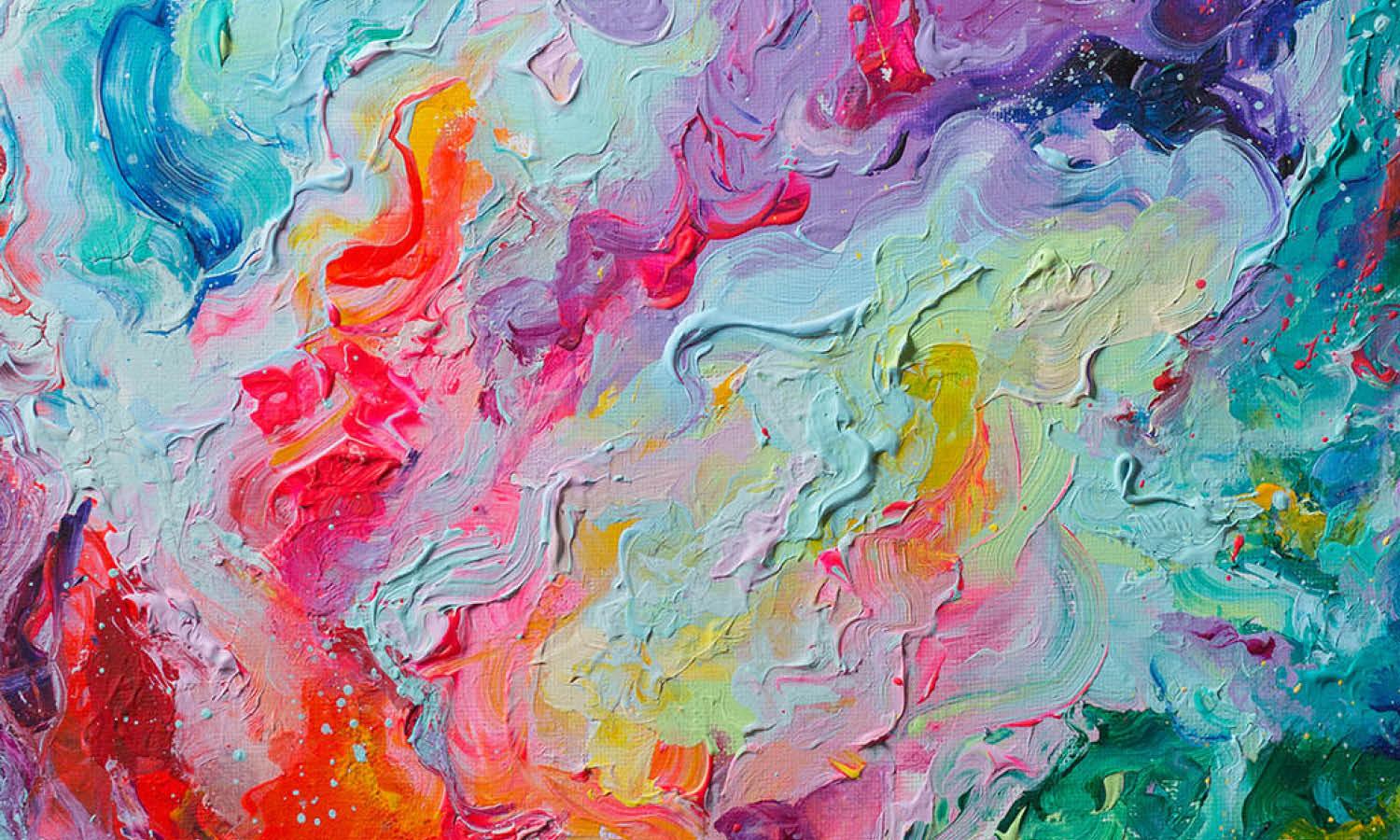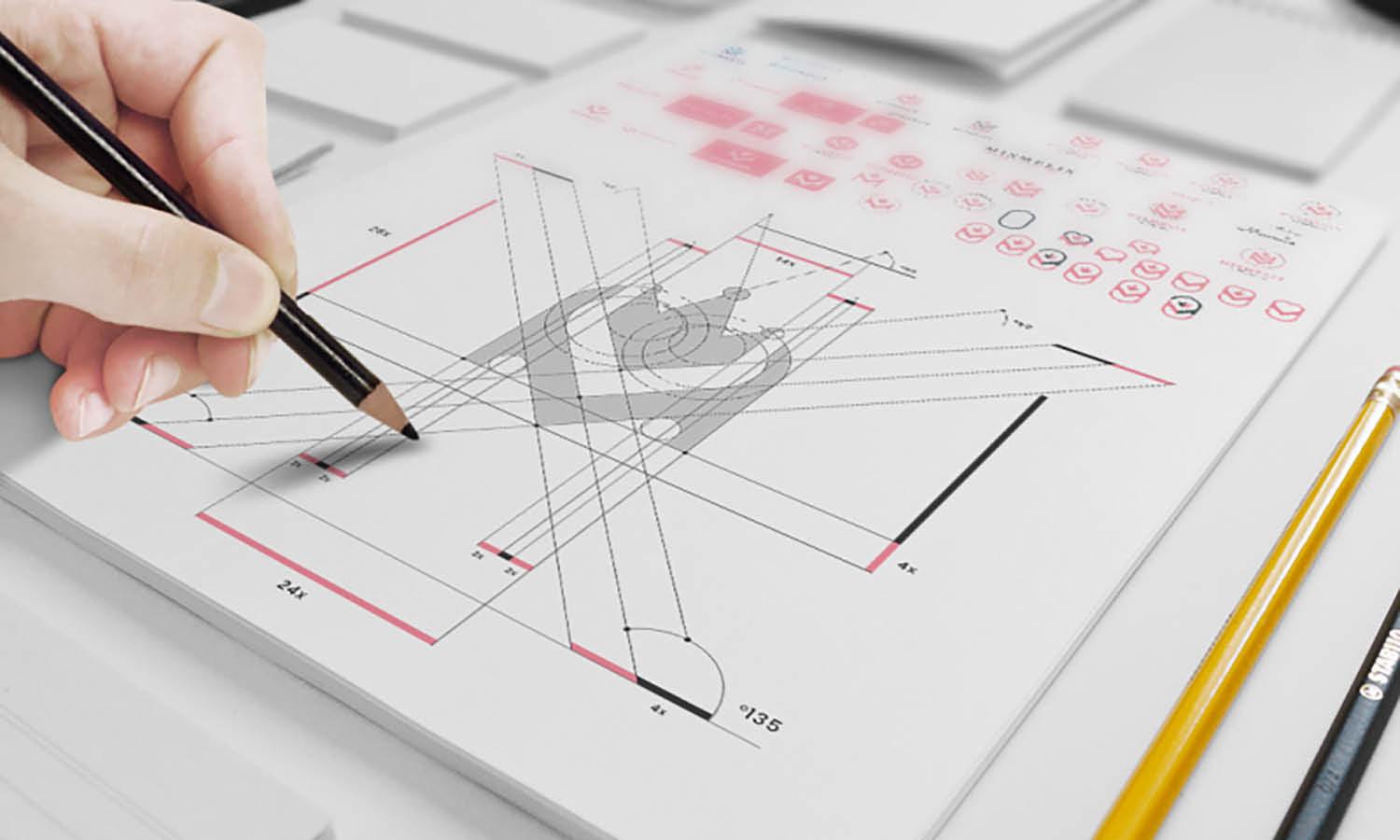Museo del Prado, Madrid | Art Museum Guide

Source: Emilio J. Rodriguez Posada, Museo del Prado, Wikipedia, https://en.wikipedia.org/wiki/File:Museo_del_Prado_2016_(25185969599).jpg
The art museum, Museo del Prado, Madrid stands as one of the most celebrated cultural institutions in the world, drawing millions of visitors each year. Founded in 1819, this landmark is home to an extraordinary collection of European art, with a strong emphasis on works from the Spanish Golden Age. Situated along the historic Paseo del Prado, it forms a central part of Madrid’s “Golden Triangle of Art,” alongside the Reina Sofía and Thyssen-Bornemisza museums.
The museum’s vast holdings span from the 12th to the early 20th century, offering a comprehensive journey through artistic movements, styles, and techniques. It is particularly renowned for its masterpieces by legendary Spanish artists such as Diego Velázquez, Francisco Goya, and El Greco, whose works capture the nation’s historical and cultural evolution. International masters like Titian, Rubens, Bosch, and Rembrandt are also prominently featured, making the collection both diverse and globally significant.
The building itself, designed by architect Juan de Villanueva, is an architectural treasure in its own right, blending neoclassical elegance with functionality. Visiting the Museo del Prado offers not only the opportunity to view world-class art but also to immerse oneself in the history and heritage of Spain’s artistic legacy.
Location In The Heart Of Madrid
The art museum, Museo del Prado, Madrid enjoys a prestigious location along the iconic Paseo del Prado, one of the city’s most historic and culturally rich boulevards. This central position places it at the heart of Madrid’s celebrated “Golden Triangle of Art,” alongside the Reina Sofía Museum and the Thyssen-Bornemisza Museum, creating a cultural district that attracts art lovers from around the world.
Easily accessible by foot, metro, and bus, the museum is surrounded by notable landmarks such as the Royal Botanical Garden and the Retiro Park, offering visitors the chance to combine their cultural visit with outdoor leisure. The neighborhood’s blend of historic charm and vibrant urban life makes it an ideal setting for one of Europe’s most important art collections.
The area also offers a wide selection of cafes, restaurants, and boutique hotels, providing convenient amenities for both short visits and extended stays. Street life is lively, yet the tree-lined boulevard and well-maintained pedestrian areas create a pleasant atmosphere for exploration. Whether arriving as part of a guided city tour or independently, the museum’s central location ensures it is an essential stop on any Madrid itinerary, combining world-class art with an authentic taste of the Spanish capital.
Architectural Significance Of The Building
The art museum, Museo del Prado, Madrid is not only famous for its art collection but also for its architectural heritage. Designed by the renowned Spanish architect Juan de Villanueva in the late 18th century, the building exemplifies neoclassical design with a focus on proportion, symmetry, and understated elegance. Originally conceived as a natural history cabinet under the reign of King Charles III, it was later adapted into a museum by King Ferdinand VII, officially opening its doors to the public in 1819.
The façade, adorned with stately columns and clean lines, reflects the Enlightenment ideals of clarity and rationality. Large windows allow natural light to illuminate the galleries, enhancing the viewing experience while preserving the authenticity of the works. Over the centuries, the building has undergone several expansions and restorations, each carefully designed to respect Villanueva’s original vision.
Notable additions include the Jerónimos Cloister integration and the Rafael Moneo extension, which introduced modern facilities while blending seamlessly with the historic structure. This architectural harmony ensures that visitors can appreciate both the timeless beauty of the building and the masterpieces it houses. The Museo del Prado stands as a testament to how thoughtful design can enhance the cultural and artistic significance of an institution.
The Spanish Masters Collection
The art museum, Museo del Prado, Madrid is internationally acclaimed for its unrivaled collection of Spanish masters, offering visitors an in-depth journey through the nation’s artistic heritage. Spanning from the Renaissance to the early 20th century, this collection captures the evolution of Spanish painting, showcasing its distinct styles, themes, and cultural influences.
Among the highlights are the works of El Greco, whose elongated figures and dramatic lighting create a sense of spiritual intensity. His paintings reveal the blend of Byzantine tradition and Western realism that defined his unique style. The museum also houses masterpieces by Francisco de Zurbarán, celebrated for his religious compositions characterized by quiet dignity and precise detail.
Bartolomé Esteban Murillo’s warm and tender depictions of the Virgin and Child offer a softer, more intimate approach to sacred art. Meanwhile, the vivid and often haunting works of Francisco Goya bridge the gap between classical tradition and modern expression, making him one of the most influential figures in Spanish art history.
Together, these artists represent the creative genius of Spain, and their works at the Museo del Prado provide an essential cultural experience. For art enthusiasts, this collection offers not just beauty but also a profound understanding of Spain’s history, values, and identity.
Masterpieces By Velázquez
At the art museum, Museo del Prado, Madrid, the works of Diego Velázquez hold a central and celebrated position. Widely regarded as one of the greatest painters of the Baroque era, Velázquez served as the leading artist in the court of King Philip IV, producing portraits and historical scenes of exceptional skill and insight.
The museum’s most famous Velázquez masterpiece, Las Meninas, is considered a pinnacle of Western art. This complex composition captures a moment in the royal household, blending realism, perspective, and subtle narrative layers that have intrigued viewers and scholars for centuries. The interplay of light and shadow, along with the artist’s self-portrait within the scene, invites reflection on the nature of art and perception.
Beyond Las Meninas, the Museo del Prado features numerous other significant Velázquez works, including The Surrender of Breda, a powerful depiction of honor and diplomacy, and a series of royal portraits that reveal both grandeur and humanity. His ability to convey texture, atmosphere, and character places him among the most admired painters in history.
Experiencing Velázquez’s art in person at the Museo del Prado offers visitors the rare opportunity to connect with masterpieces that have shaped the course of European painting and inspired generations of artists worldwide.
Goya’s Artistic Legacy
The art museum, Museo del Prado, Madrid holds one of the most comprehensive collections of works by Francisco de Goya, a towering figure in Spanish and European art. Spanning his early, middle, and late periods, the museum’s Goya collection reflects both his technical mastery and his profound ability to capture the complexities of human nature.
Visitors can admire his early tapestry cartoons, which showcase a lighthearted and colorful style, depicting scenes of leisure and everyday life in 18th-century Spain. These works reveal Goya’s keen eye for detail and his sensitivity to social customs. As his career progressed, Goya’s style evolved dramatically, producing powerful portraits of Spanish royalty and aristocracy that combined elegance with psychological depth.
One of the most striking aspects of Goya’s legacy lies in his later works, particularly the haunting Black Paintings. These deeply personal pieces, painted directly on the walls of his home, confront themes of fear, isolation, and the darker aspects of the human condition. The Museo del Prado’s preservation of these works allows viewers to witness the raw emotional intensity that defined Goya’s later years.
By exploring Goya’s diverse body of work, visitors gain a unique perspective on Spain’s political and cultural history, as well as the artistic evolution of one of its greatest masters.
European Art Highlights
While renowned for its Spanish masterpieces, the art museum, Museo del Prado, Madrid also boasts an extraordinary collection of European art, offering a rich panorama of the continent’s creative achievements. The museum houses significant works from the Italian Renaissance, Flemish Baroque, and Dutch Golden Age, allowing visitors to explore the interplay of styles and influences across borders.
Italian art is particularly well represented, with masterworks by Titian, Raphael, and Caravaggio that display the grandeur and innovation of Renaissance and Baroque painting. Titian’s mythological and religious scenes stand out for their vibrant colors and dynamic compositions, while Raphael’s serene and balanced works exemplify classical harmony.
The Flemish school is another highlight, with Peter Paul Rubens commanding attention through his dramatic, large-scale canvases that burst with energy and opulent detail. These works illustrate the vitality and complexity of Baroque art in Northern Europe.
Dutch masters, including Rembrandt and Van Dyck, add further depth to the collection, with portraits and genre scenes that capture human character and everyday life with remarkable realism.
This international array of masterpieces transforms the Museo del Prado into not just a showcase of Spanish art, but a gateway to understanding Europe’s broader artistic heritage, making it an essential destination for art lovers worldwide.
The Bosco Room Experience
One of the most captivating attractions within the art museum, Museo del Prado, Madrid is the dedicated space for the works of Hieronymus Bosch, known in Spain as El Bosco. This gallery provides an intimate yet immersive encounter with the painter’s visionary and often enigmatic masterpieces, offering visitors a rare opportunity to explore his intricate symbolism and imaginative worlds.
The centerpiece of the Bosco Room is the iconic The Garden of Earthly Delights, a triptych that continues to fascinate art historians and the public alike. Its vivid details and fantastical imagery invite endless interpretation, from moral allegories to explorations of human nature. The painting’s complexity rewards close observation, with each panel revealing hidden narratives and finely rendered scenes.
Other notable works include The Haywain Triptych and The Adoration of the Magi, which showcase Bosch’s distinctive blend of religious storytelling and surreal landscapes. The room’s carefully curated lighting and arrangement enhance the viewing experience, allowing visitors to engage deeply with each work’s texture and detail.
By focusing exclusively on Bosch, this space highlights the enduring influence of his art on both his contemporaries and modern audiences, making it one of the museum’s most memorable and thought-provoking galleries.
Sculpture And Decorative Arts
While paintings dominate the collection at the art museum, Museo del Prado, Madrid, its holdings of sculpture and decorative arts add depth and variety to the visitor experience. These works span several centuries and styles, offering a broader perspective on the artistic achievements of Europe.
The sculpture collection includes classical Roman pieces, Renaissance marble figures, and Baroque religious carvings, each revealing the skill and craftsmanship of their creators. Notable examples include works by artists such as Leone Leoni and his son Pompeo Leoni, whose portrait busts and reliefs capture lifelike detail and regal presence.
In addition to sculpture, the museum houses an impressive array of decorative arts. This includes finely crafted tapestries, intricately designed medals, coins, and luxury objects that reflect the cultural tastes of their time. Many of these items were once part of royal collections, offering a glimpse into the opulence of Spain’s historical courts.
These three-dimensional works provide a tactile counterpoint to the painted masterpieces, enriching the museum’s overall narrative. By presenting a diverse range of artistic media, the Museo del Prado ensures that visitors can appreciate not only the evolution of painting but also the broader artistic heritage that shaped Europe’s visual culture.
The Prado Research Center
The art museum, Museo del Prado, Madrid is not only a destination for viewing masterpieces but also a vital hub for scholarly research through its prestigious Prado Research Center. This facility plays a crucial role in the study, preservation, and interpretation of the museum’s vast collection, making it an essential resource for art historians, curators, and academics worldwide.
The Research Center houses extensive archives, manuscripts, and photographic collections that document the history and provenance of artworks. These materials provide invaluable insights into the creative processes of artists, the evolution of artistic styles, and the socio-political contexts that shaped their work. Scholars visiting the center have access to rare documents and detailed conservation reports that are not available to the general public.
In addition to facilitating academic studies, the Prado Research Center actively collaborates with international institutions, participating in joint projects, publications, and exhibitions. It also plays a key role in training future museum professionals through internships, seminars, and specialized courses.
By supporting rigorous research and fostering knowledge exchange, the Prado Research Center ensures that the art museum continues to be a leader in the global preservation and understanding of fine art, enriching both scholarly communities and public appreciation.
Guided Tours And Educational Resources
The art museum, Museo del Prado, Madrid enhances the visitor experience through a wide range of guided tours and educational resources designed for all levels of art appreciation. These programs offer deeper insights into the museum’s masterpieces, allowing guests to engage with the collection in a meaningful way.
Professional guides lead thematic tours focusing on specific artists, historical periods, or special exhibitions. These tours provide expert commentary, highlight key works, and reveal intriguing details that might otherwise be overlooked. For independent visitors, the museum offers multilingual audio guides and mobile app resources that allow for flexible, self-paced exploration.
Educational programs extend beyond tours, with workshops, lectures, and courses aimed at students, families, and lifelong learners. Interactive activities, such as drawing sessions in the galleries or storytelling for younger audiences, encourage creative engagement with the artworks.
The museum also collaborates with schools and universities, offering tailored visits and teaching materials that integrate art into broader educational curriculums. By making its resources accessible to diverse audiences, the Museo del Prado fulfills its mission of fostering a deeper understanding and appreciation of art, ensuring that every visitor leaves with a richer cultural experience.
Conclusion
The art museum, Museo del Prado, Madrid stands as a cornerstone of Spain’s cultural identity and a world-class destination for art lovers. Its unrivaled collection of Spanish masters, complemented by exceptional European works, offers a journey through centuries of artistic achievement. From Velázquez and Goya to Bosch and Titian, each gallery reveals masterpieces that have shaped art history. Combined with its architectural beauty, research initiatives, and educational programs, the museum provides an experience that is both inspiring and enlightening. Visiting the Museo del Prado is not just a tour through an art gallery—it is an encounter with the soul of Spanish heritage.
Let Us Know What You Think!
Every information you read here are written and curated by Kreafolk's team, carefully pieced together with our creative community in mind. Did you enjoy our contents? Leave a comment below and share your thoughts. Cheers to more creative articles and inspirations!
















Leave a Comment